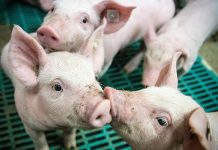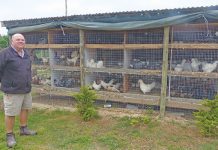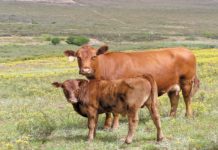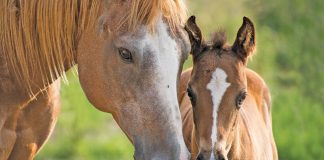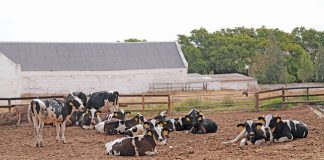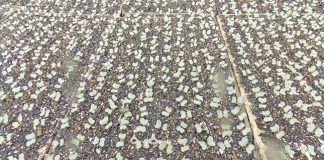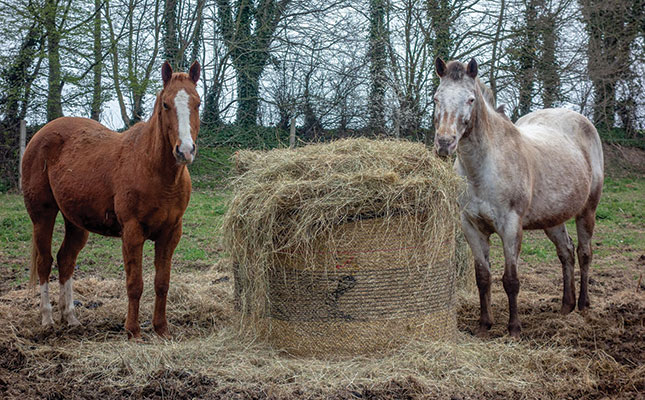
Photo: Pixabay
Lucerne (Medicago sativa) originated in the fertile crescent between the Tigris and Euphrates rivers in the ancient kingdom of Parthia (Iran, Iraq, Armenia, Georgia and Afghanistan today). It was used to feed the horses of the Parthian army, which controlled and tolled the Silk Road between Europe and China.
The Parthians had two types of cavalry: the heavily armed and armoured cataphracts, and mounted archers. The former rode heavy Persian horses with interesting colours, such as spotted horses and palominos. Some were five-gaited and renowned as comfortable long-distance horses for mounted cavalry.
Cataphract horses were decked in chain mail, and their riders wore Scythian armour with plaited rings laced together.
Mounted archers rode swift horses of the Akhal-Teke type. The Parthians adopted the Scythian bow, a double-curved weapon ideal for horseback.
They invented the ‘Parthian shot’: pretending to retreat, then turning in their saddles to cover the pursuing enemy with a deadly rain of arrows. These war horses were fed lucerne, as it was a perennial forage legume that could be sun-dried and taken along to supplement their grazing.
Today, lucerne is a common feed ingredient, and is often combined with grass hay to produce a source of easily digestible roughage. It is high in crude protein and digestible energy, while being low in non-structural carbohydrates such as sugars and starches. The fibrous stalks in lucerne result in slow-release energy, enabling hours of steady work and muscle- building, as well as improved fertility.
In contrast, non-legume hays such as maize, oats and barley have high levels (55% to 75%) of short-chain carbohydrates or sugars. Excessive consumption (a handful of crushed yellow mealies) can lead to stomach ulcers and laminitis. High levels of sugars in the diet can also cause equine metabolic syndrome (tying-up syndrome or Monday morning disease), which produces painful muscle cramps and stiffness.
Research has shown that consuming lucerne hay stimulates chewing and is an effective buffer, helping to regulate acidity in the digestive tract. It is rich in beta-carotene (vitamin A), a wide range of B vitamins, and the mineral cobalt.
Lucerne hay is ideal for improving nutrition and condition in lactating broodmares, stallions, racehorses and competition horses. The high protein levels (between 16% and 18% dry weight) help to build and maintain muscles in sport horses and fertility in breeding stock.
Potential problems
Lucerne should be used with caution in weanlings and yearlings, as the high protein and calcium levels can result in developmental orthopaedic disease. High-protein diets can also be a problem for sport horses during hot weather. Protein is excreted through the urine as urea, and this can lead to dehydration, especially if the horse is sweating and not drinking enough water. This can be an issue in endurance horses.
High levels of protein can also affect the health of horses diagnosed with liver or kidney disease.
And horses with hyperkalemic periodic paralysis, a genetic muscle disease, should be fed a lower proportion of lucerne in their diet, as it is high in potassium.
Finally, total horse feed (concentrate, grazing and hay) should be balanced to ensure optimal protein and carbohydrate levels, depending on the type of horse and the sport for which it is used. For advice in this regard, speak to your equine veterinarian.
Dr Mac is an academic, a practising equine veterinarian and a stud owner.

